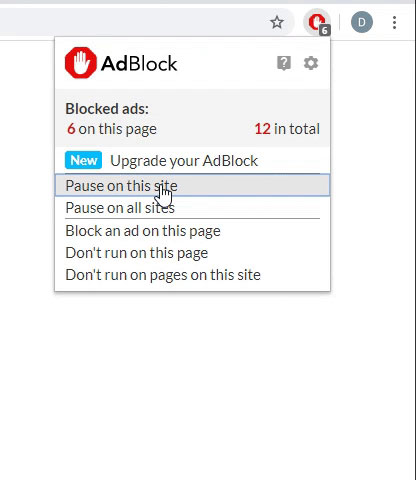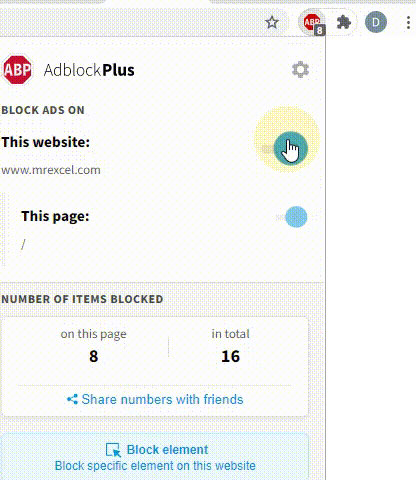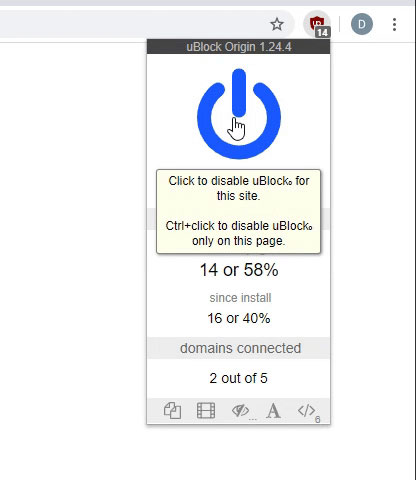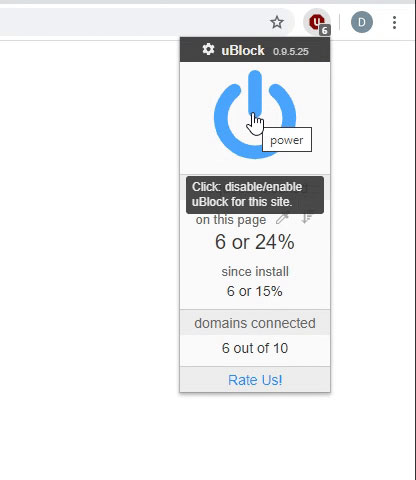Sub Send_HTML_Email()
Const ENC_IDENTITY_8BIT = 1729
'Send Lotus Notes email containing links to files on local computer
Dim NSession As Object 'NotesSession
Dim NDatabase As Object 'NotesDatabase
Dim NStream As Object 'NotesStream
Dim NDoc As Object 'NotesDocument
Dim NMIMEBody As Object 'NotesMIMEEntity
Dim SendTo As String
Dim subject As String
Dim HTML As String, HTMLbody As String
SendTo = "your.email@email.com, another.email@email.com"
subject = Now & " Lotus Notes HTML MIME email"
Debug.Print subject
Set NSession = CreateObject("Notes.NotesSession") 'using Lotus Notes Automation Classes (OLE)
Set NDatabase = NSession.GetDatabase("", "")
If Not NDatabase.IsOpen Then NDatabase.OPENMAIL
Set NStream = NSession.CreateStream
HTMLbody = "< p>Links to files on local computer:< /p>" & _
"< a href='file:///f:\temp\excel\test.csv'>test.csv< />< br>" & _
"< a href='file:///f:\temp\excel'>Excel folder< />"
HTML = "< html>" & vbLf & _
"< head>" & vbLf & _
"< meta http-equiv=""Content-Type"" content=""text/html; charset=UTF-8"" />" & vbLf & _
"< /head>" & vbLf & _
"< body>" & vbLf & _
HTMLbody & _
"< /body>" & vbLf & _
"< /html>"
NSession.ConvertMime = False 'Don't convert MIME to rich text
Set NDoc = NDatabase.CreateDocument()
With NDoc
.Form = "Memo"
.subject = subject
.SendTo = Split(SendTo, ",")
Set NMIMEBody = .CreateMIMEEntity
NStream.WriteText HTML
NMIMEBody.SetContentFromText NStream, "text/html; charset=UTF-8", ENC_IDENTITY_8BIT
.Send False
.Save True, False, False
End With
NSession.ConvertMime = True 'Restore conversion
Set NDoc = Nothing
Set NSession = Nothing
End Sub





